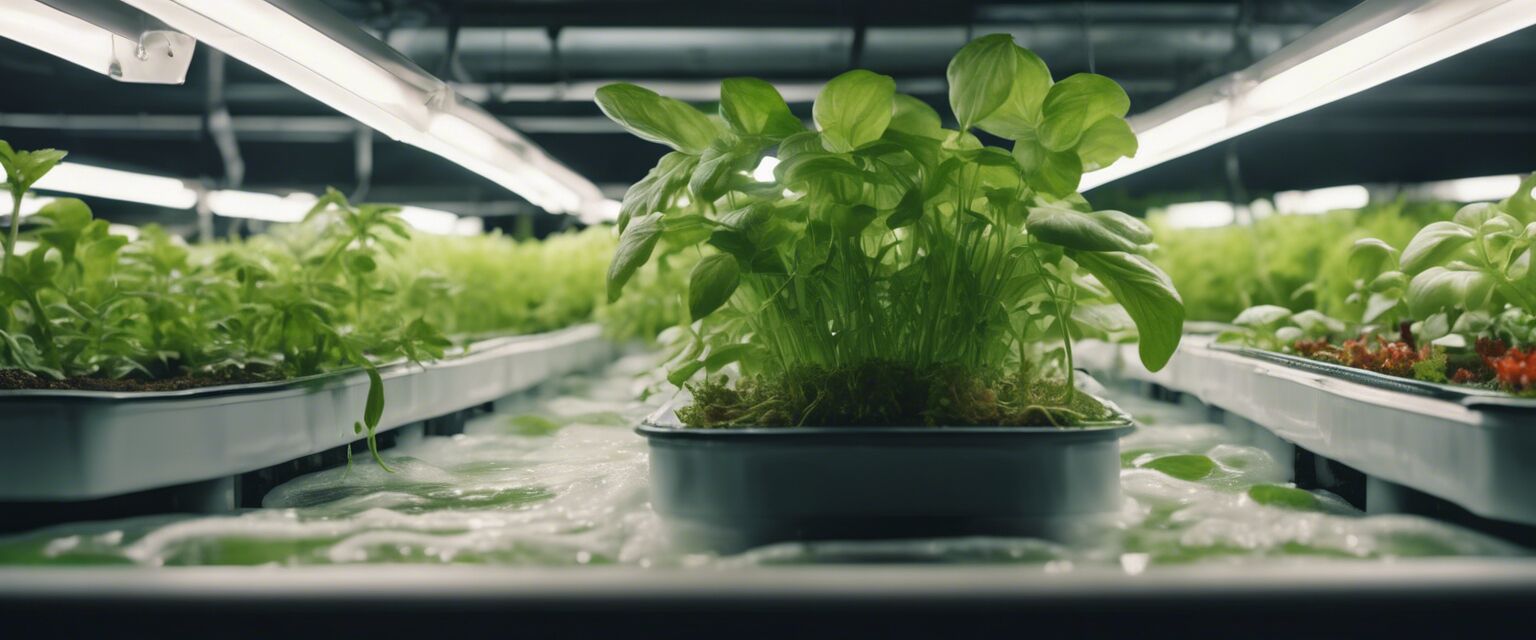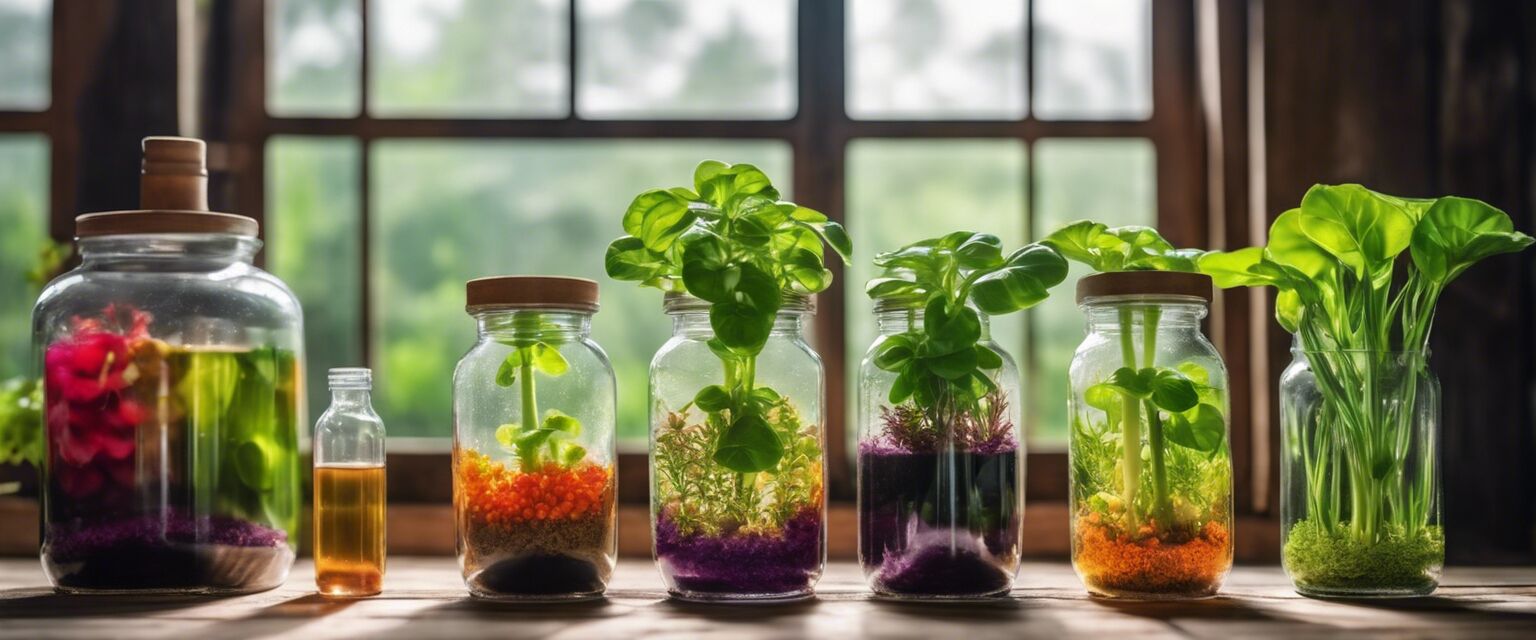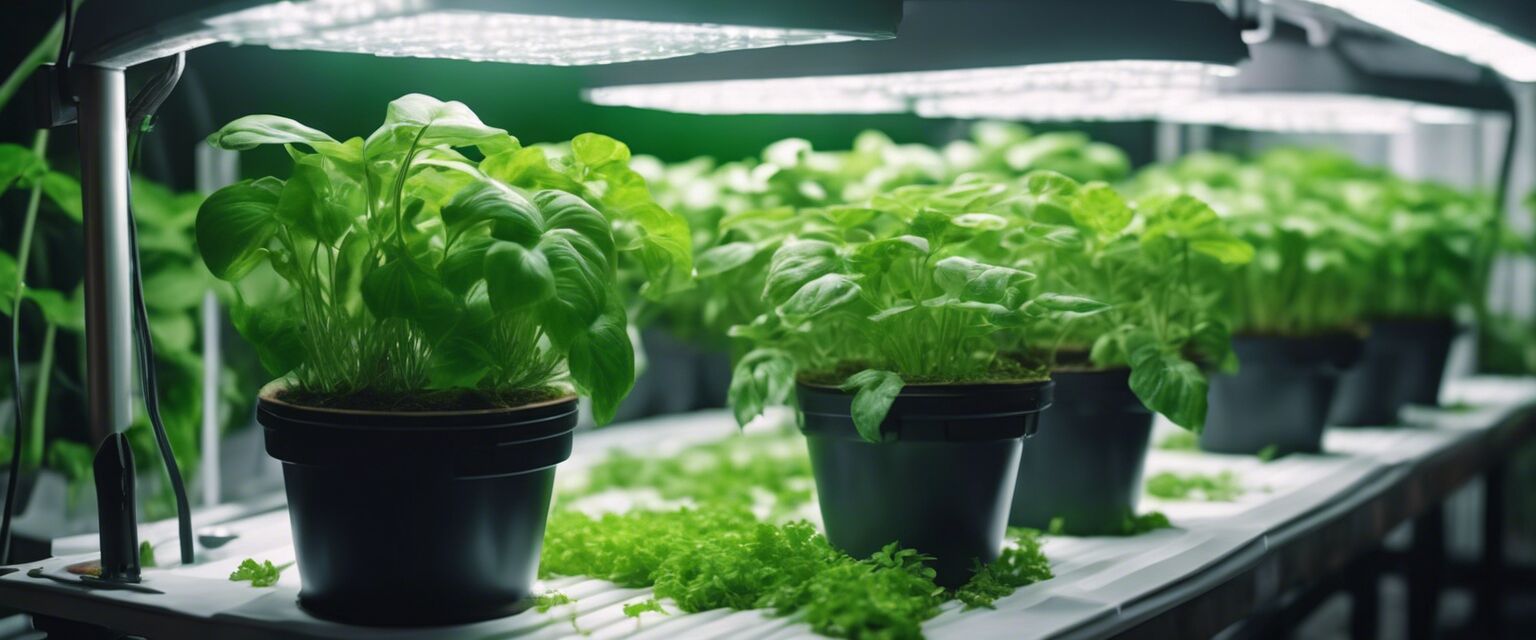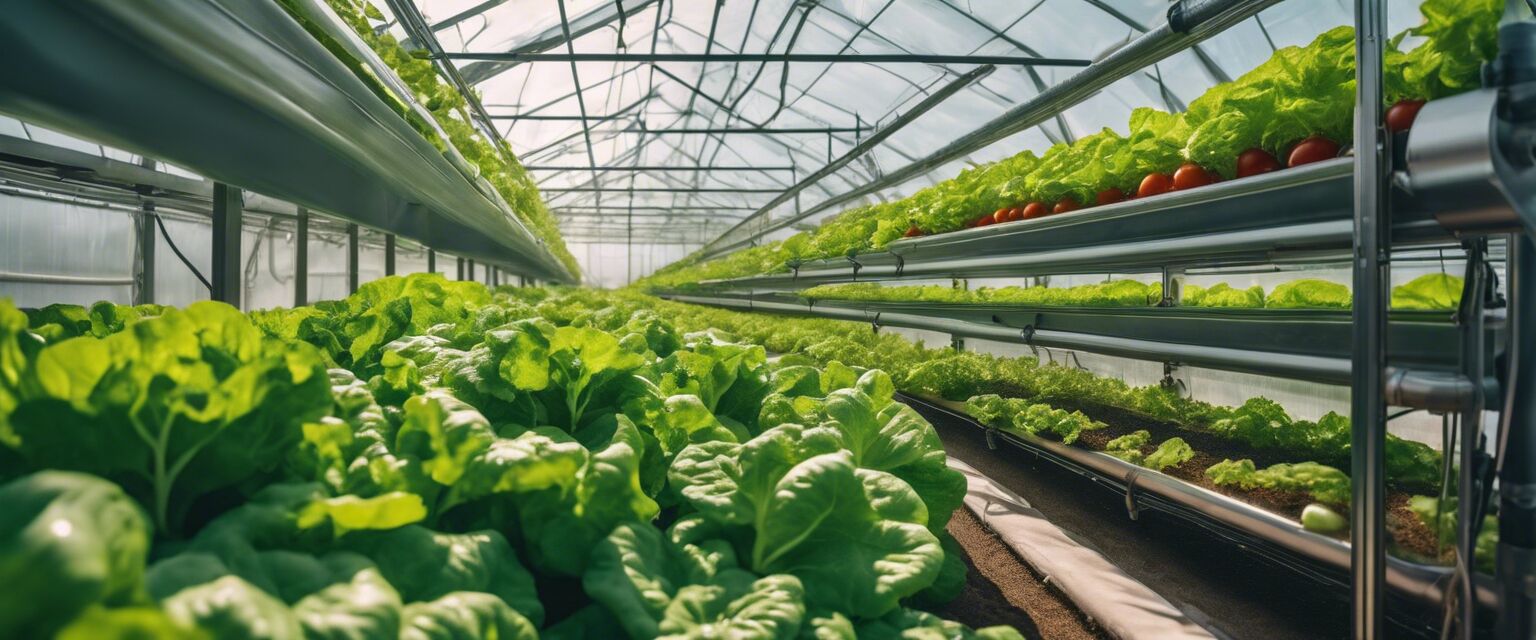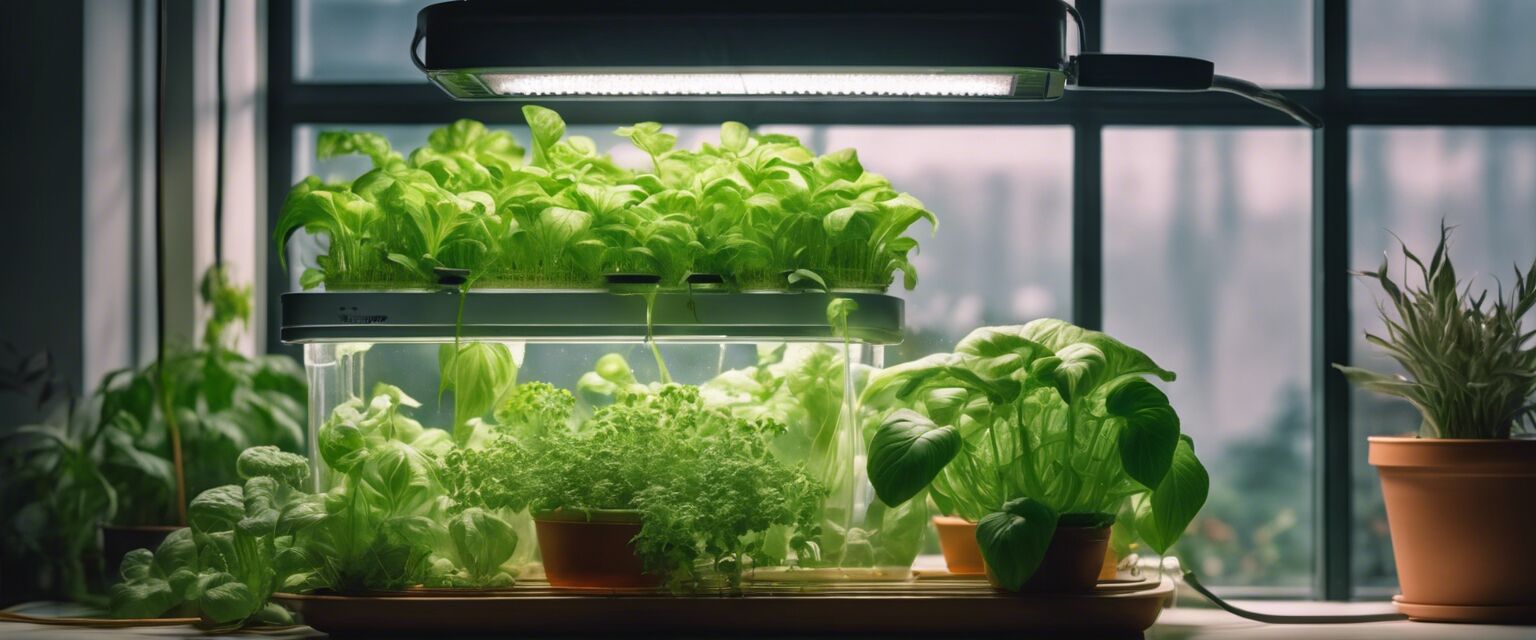
DIY Hydroponic Systems
Key Takeaways
- Hydroponic systems allow you to grow plants without soil.
- They can be made using simple materials found at home.
- There's a variety of hydroponic systems, including NFT, DWC, and Ebb and Flow.
- Monitoring nutrient levels and pH is essential for healthy plants.
- Hydroponics can be a sustainable option for urban gardening.
Creating your own hydroponic system at home can be a rewarding and sustainable way to grow plants. Not only does it allow for efficient use of space and resources, but it also provides a fun DIY project that can be customized to fit your gardening needs. In this guide, we'll explore different types of hydroponic systems, materials needed, and step-by-step instructions to get you started.
Understanding Hydroponics
Hydroponics is a method of growing plants without soil. Instead, plants are grown in a nutrient-rich water solution, allowing for faster growth rates and higher yields. This method is especially suitable for urban environments where space is limited.
Benefits of Hydroponic Gardening
- Efficient use of water
- Year-round plant growth
- Less space required
- Fewer pests and diseases
- Ability to grow a variety of plants
Types of DIY Hydroponic Systems
There are several types of hydroponic systems you can create at home. Below are some popular methods:
| System Type | Description | Pros | Cons |
|---|---|---|---|
| Nutrient Film Technique (NFT) | A thin film of nutrient solution flows over the roots. | Efficient nutrient use, minimal water waste. | Requires careful monitoring to prevent roots from drying out. |
| Deep Water Culture (DWC) | Plants are suspended in a nutrient solution with air stones. | Simple setup, high oxygenation for roots. | Temperature control is vital; can be prone to algae growth. |
| Ebb and Flow | Nutrient solution floods the plant roots periodically. | Versatile and can be automated. | Requires a pump and timer, which can fail. |
Materials Needed for DIY Hydroponic Systems
To build a hydroponic system, you'll need a few basic materials:
- Container (bucket, tub, or tray)
- Nutrient solution
- Growing media (rock wool, clay pellets)
- Pump (for Ebb and Flow systems)
- Air stones and tubing (for DWC systems)
- pH testing kit
- Grow lights (if indoors)
Step-by-Step Guide to Building a Simple Hydroponic System
Step 1: Choose Your Hydroponic System
Decide which type of system you want to build. For beginners, DWC is often recommended for its simplicity.
Step 2: Gather Your Materials
Collect all the necessary materials listed above. Make sure everything is clean and ready to use.
Step 3: Set Up Your Container
Choose a suitable container for your plants. For DWC, you can use a bucket with a lid. Cut holes in the lid to hold your net pots.
Step 4: Prepare the Nutrient Solution
Mix the nutrient solution according to the instructions on the package. Check the pH and adjust it if necessary.
Step 5: Plant Your Seeds or Seedlings
Place your seeds or seedlings in the growing media and insert them into the net pots. Make sure the roots can access the nutrient solution.
Step 6: Provide Light and Air
If youâre growing indoors, set up grow lights above your plants. Ensure the air stones are working to oxygenate the solution.
Step 7: Monitor and Maintain
Regularly check the nutrient levels and pH. Change the nutrient solution every two weeks for optimal growth.
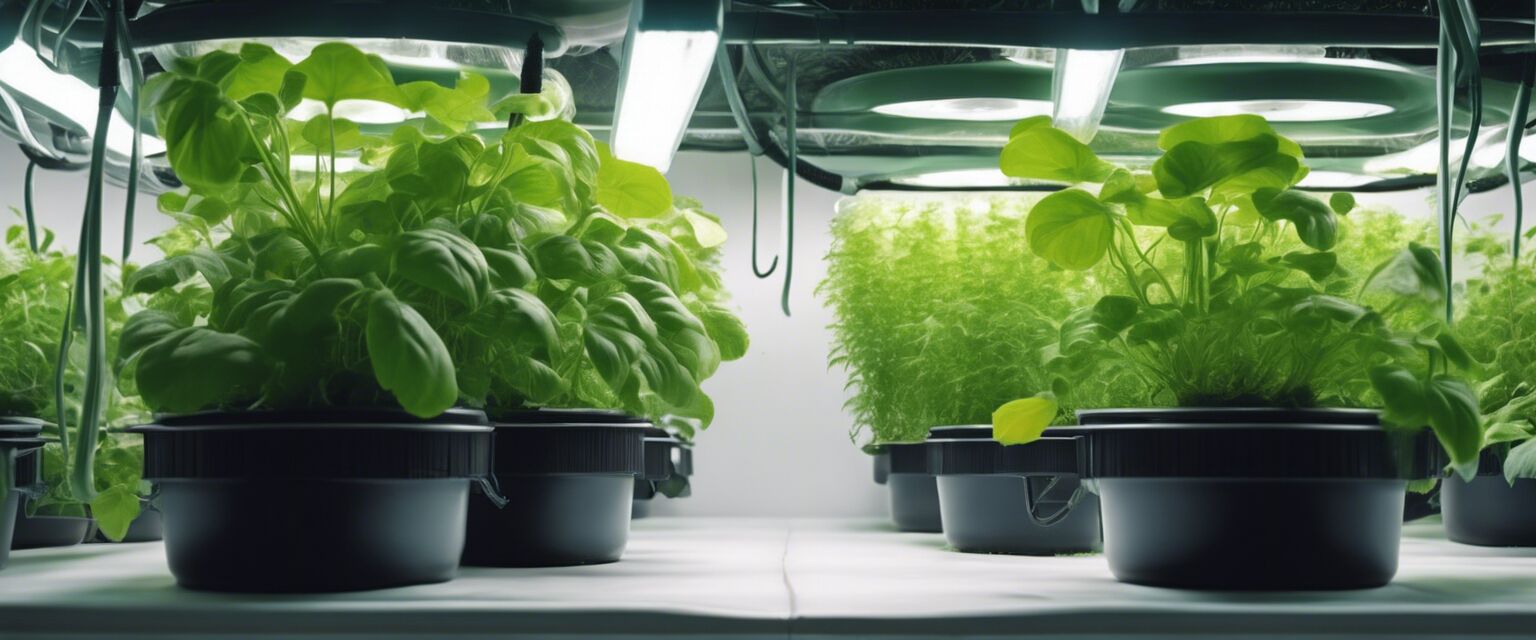
Maintenance Tips for Your Hydroponic System
Beginners Section
- Keep a consistent light schedule (12-16 hours for most plants).
- Check for pests and diseases regularly.
- Clean your system thoroughly every few months.
- Use only recommended nutrients for hydroponics.
- Keep an eye on water levels; top off as needed.
Common Mistakes to Avoid
- Over-fertilizing your plants
- Ignoring pH levels
- Neglecting to aerate the nutrient solution
- Not providing enough light
- Forgetting to clean the system regularly
Conclusion
Building a DIY hydroponic system can be a fun and productive way to grow your own food. With the right materials and a little effort, you can enjoy the many benefits of hydroponic gardening. Whether you choose a simple DWC system or something more complex, the key is to monitor your plants closely and adjust your care as needed. Happy gardening!
Pros
- Efficient use of space and resources.
- Faster plant growth and higher yields.
- Ability to grow year-round.
- Less reliance on soil quality.
Cons
- Initial setup can be costly.
- Requires ongoing monitoring and adjustments.
- Can be more technical than traditional gardening.
- Potential for system failures if not maintained properly.
Explore More
For more information on products and systems to enhance your hydroponic gardening, check out our categories:
- Grow Lights
- Growing Media
- Hydroponic Systems
- Monitoring & Sensors
- Nutrient Solutions
- Pumps and Aeration


